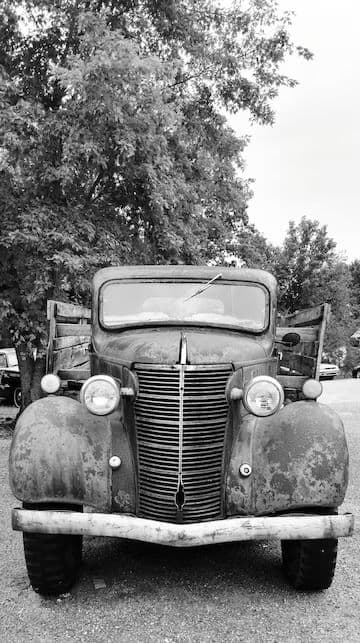The Ultimate Guide to Restoring Your Vintage Car - Tips and Tricks
Restoring a vintage car is a journey filled with challenges, learning, and ultimately, immense satisfaction. Whether you're bringing back a family heirloom or reviving a classic find, the process requires patience, skill, and a bit of creativity. This guide will walk you through the essential steps and share valuable tips and tricks to make your vintage car restoration project a success.
1. Planning and Research
Understand Your Vehicle
Before diving into the restoration, it's crucial to understand your vehicle's history, model specifics, and original features. Research the make, model, and year of your car to gather as much information as possible. Websites, forums, and vintage car clubs can be invaluable resources.
Set Clear Goals
Decide early on the extent of your restoration. Are you aiming for a full, factory-original restoration, or are you more interested in modifying your car for modern performance? Setting clear goals will help guide your project and budget.
2. Budgeting and Sourcing Parts
Create a Realistic Budget
Restoration costs can quickly spiral. Itemize expected expenses, including parts, tools, and professional services. Always include a contingency for unexpected costs.
Finding the Right Parts
Locating the right parts for your vintage car can be a challenge. Start with specialized auto parts stores, online auctions, and vintage car part swaps. Networking with other enthusiasts can also lead to leads on rare parts.
3. Disassembly and Inventory
Organize as You Go
As you disassemble your car, label and organize every part. Take photos and notes to document the process, which will be invaluable when it's time to reassemble.
Assess and Inventory
Carefully assess each part for wear and damage. Make a detailed inventory of what you have, what can be restored, and what needs to be replaced.
4. Body Work and Painting
Address Rust and Damage
Rust is the enemy of vintage cars. Address all rust issues and body damage before moving on to painting. This might involve welding new metal or using body filler.
Professional Painting
While many aspects of car restoration can be DIY, painting often benefits from professional expertise. A high-quality paint job is crucial for the final appearance and protection of your car.
5. Mechanical Restoration
Engine and Transmission
The heart of your vintage car is its engine and transmission. Decide whether to rebuild or replace based on your goals and the condition of the existing components. This is often the most technical aspect of restoration, requiring specific knowledge or professional help.
Suspension, Brakes, and Tires
Don't overlook the importance of safety and handling. Restore or upgrade the suspension, brakes, and tires to ensure your car is safe and enjoyable to drive.
6. Interior Restoration
Upholstery and Trim
The interior of your car is what you'll see and feel every time you drive. Whether you're reupholstering seats or restoring original trim, pay attention to detail to capture the essence of your vintage car.
Electrical Systems
Older cars often have outdated or worn-out electrical systems. Upgrading or repairing the electrical system, including lights, gauges, and wiring, is essential for reliability and safety.
7. Final Assembly and Testing
Reassemble with Care
Reassembling your car is a painstaking process. Refer back to your notes and photos, and take your time to ensure everything fits perfectly.
Test and Tune
Once assembled, thoroughly test your car. This includes engine tuning, alignment, and road testing. Be prepared to make adjustments as needed.
Conclusion
Restoring a vintage car is no small feat, but the rewards are unparalleled. You'll not only have a stunning piece of automotive history but also the satisfaction of having brought it back to life. Remember, patience and attention to detail are your best tools in this endeavor. Happy restoring!
